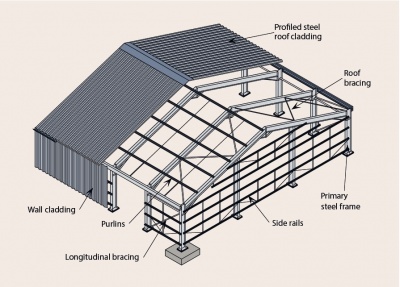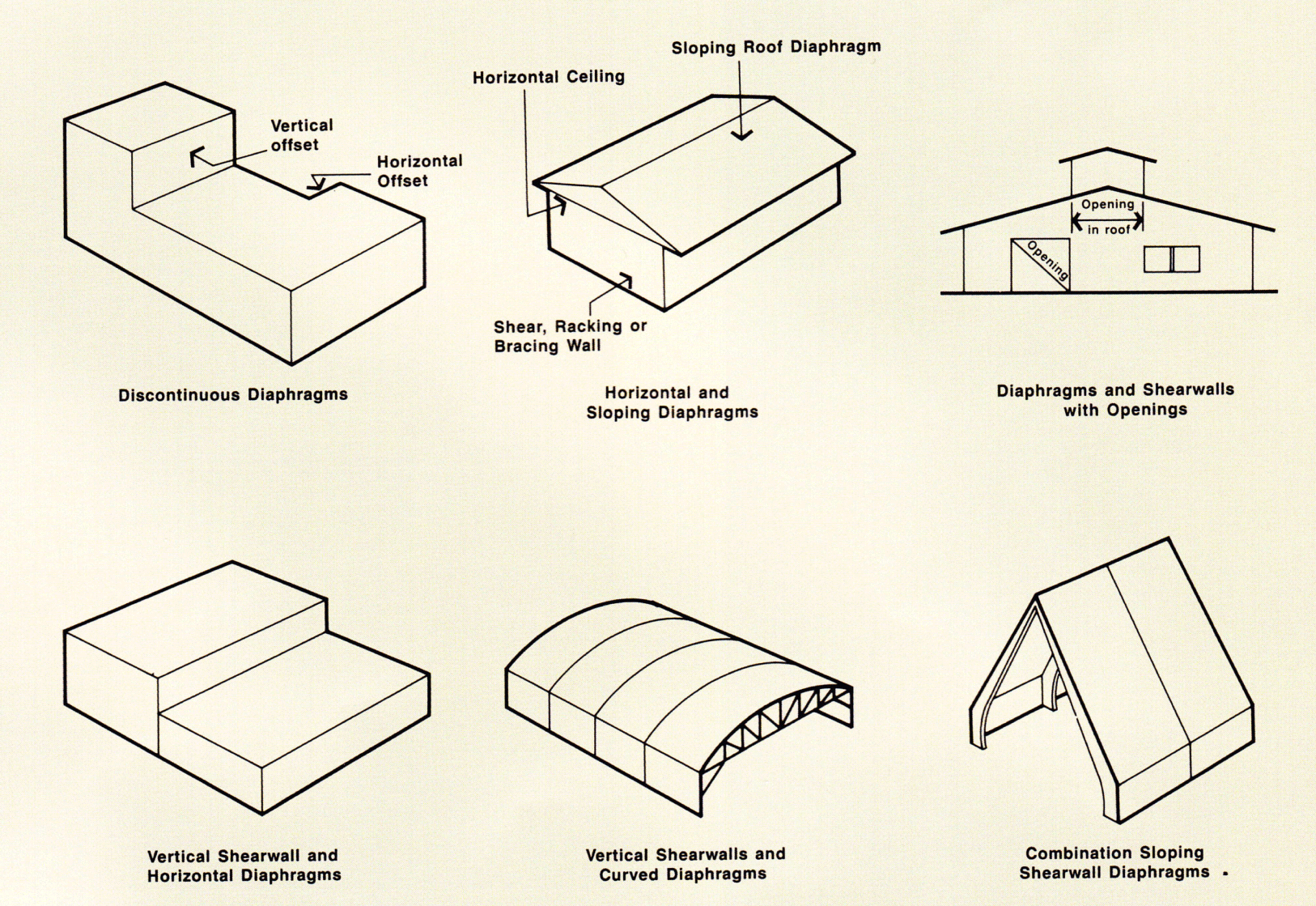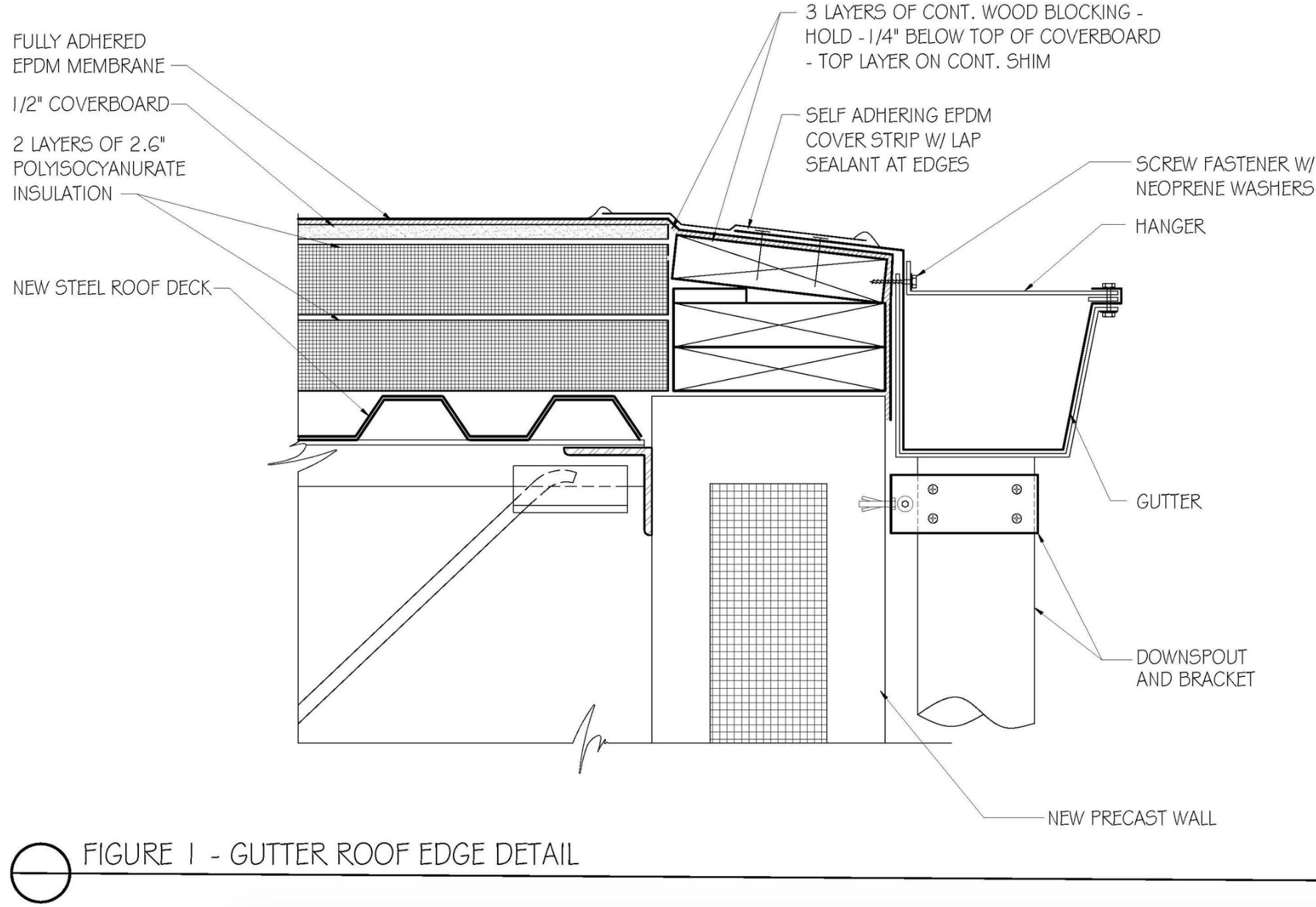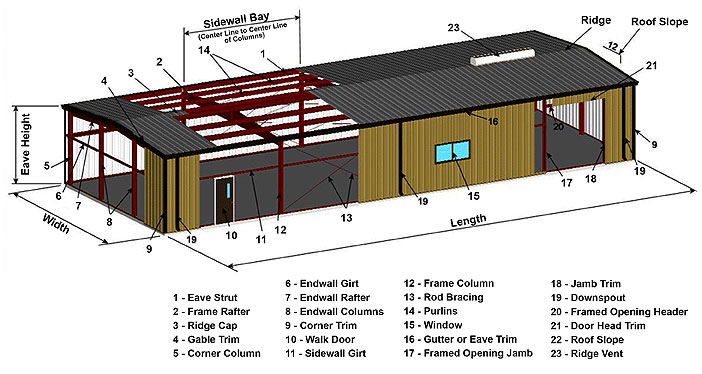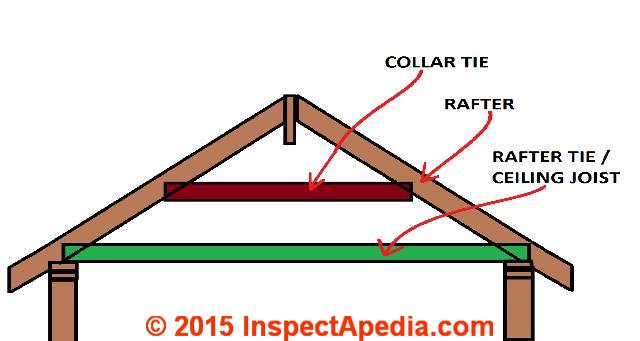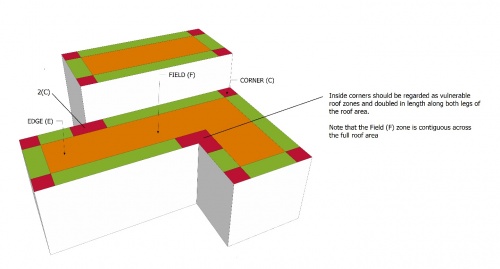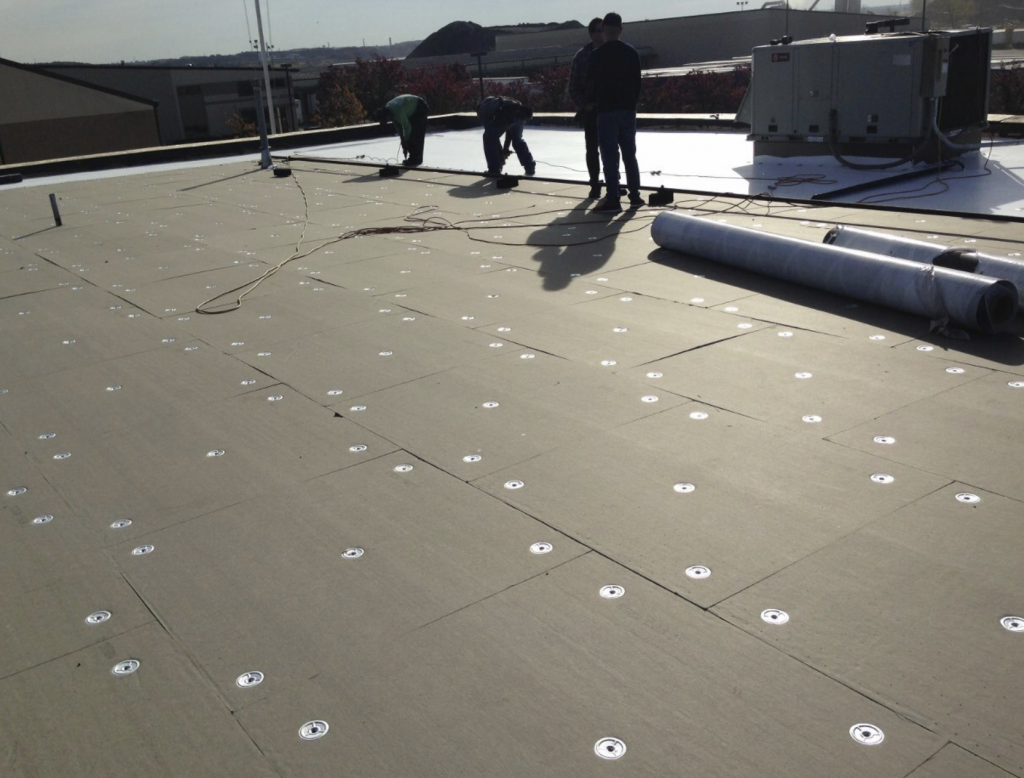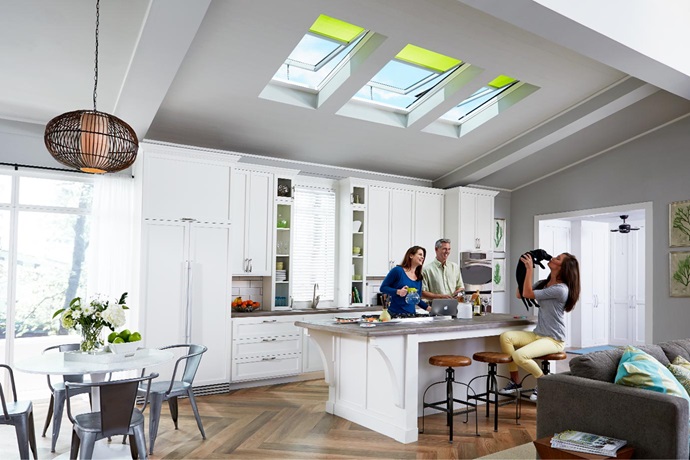Extending the horizontal bridging and connecting it to the masonry wall permit lateral loads to be transferred into the roof diaphragm which braces the wall against wind loads.
Transfer horizontal force to sloped roof.
And then superimpose it to the preexisting dead load.
Using a fixed anchor point.
The sloped glazing system is designed to withstand uniform gravity loads such as dead load wind load and snow load as well as concentrated live and impact loads and transfer them to the structure.
Sloped glazing is a system of exterior cladding which is attached to the main force resisting system structure of a building roof or sloped façade and usually supported by an elevated curb.
D 14 l b f t 2.
The thermal factor c t from table e 3 determines if a roof is cold or warm slippery surface values shall be used only where the roof s surface is unobstructed and sufficient.
For example when stretching a length of 12 feet horizontally there is a difference in height of more than 4 feet.
The present study demonstrates the pressure variations due to wind load on the pyramidal roof of a square plan low rise building with 15 wall openings through cfd computational fluid dynamics simulation.
P s c s p f.
For dead loads you are correct.
Using a jamb anchor.
The sloped roof snow load p s shall be obtained by multiplying the flat roof snow load p f by the roof slope factor c s.
Roofs that have a slope of 4 12.
The applicable standard prescribes.
According to the osha 1926 500 a steep roof is described as a roof with a slope greater than 4 12 vertical to horizontal.
This arrangement eliminates the need for columns piers pilasters or cross walls for lateral bracing if the wall is designed and constructed within height limitations.
The roof of a house can t do its job if it doesn t remain where it s supposed to be and a variety of forces are always at work trying to make the roof fail to stay in.
Many studies on roofed structures have been performed in the past.
The boca code recognizes this and allows you to use the horizontal projection of the roof when calculating snow loads.
Snow loads acting on a sloping surface shall be assumed to act on the horizontal projection of that surface.
For that reason three of the most common methods to create an anchor point for work on a sloping roof are outlined below.
S 1 61 6 l b f t 2.
The idea is to convert it to an equivalent sloped roof snow load s 2 according to the following assumption snow loads acting on a sloping surface shall be assumed to act on the horizontal projection of that surface.
Put into practice these are roof have a slope of 18 6 degrees or more.
Roof shape and slope are both important parameters for the safety of a structure especially when facing wind loads.
House roof framing loads.






